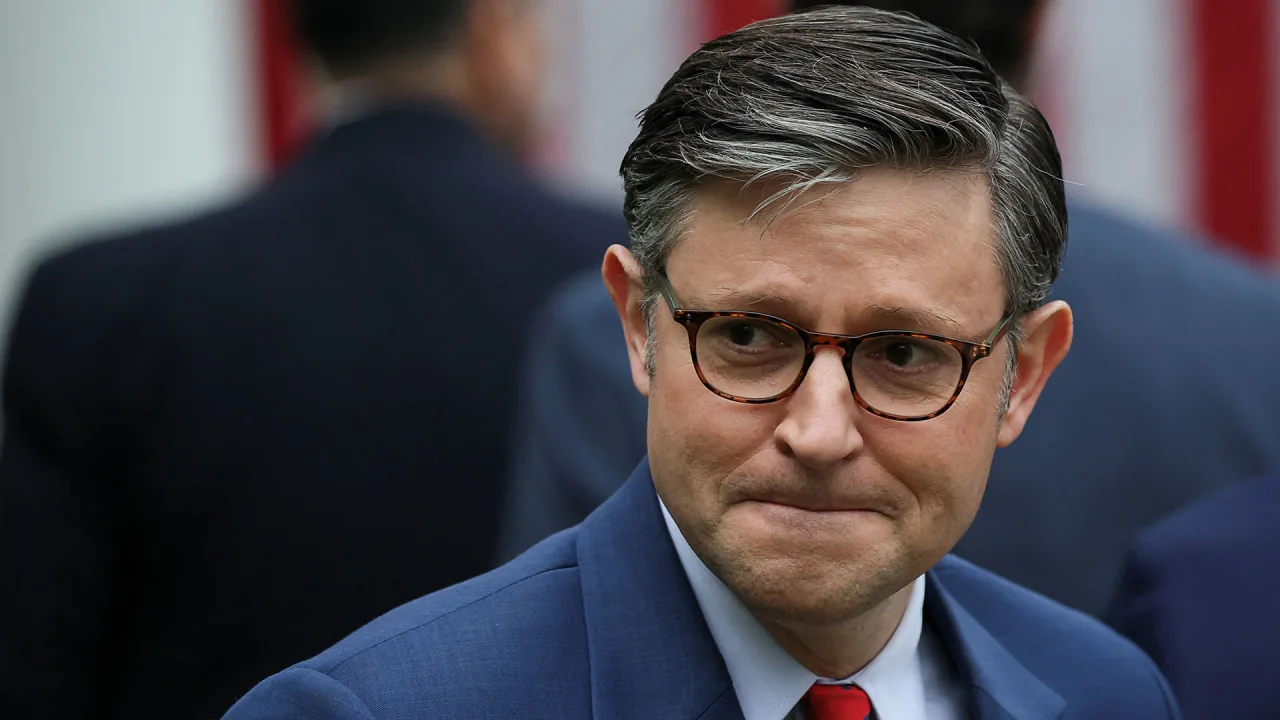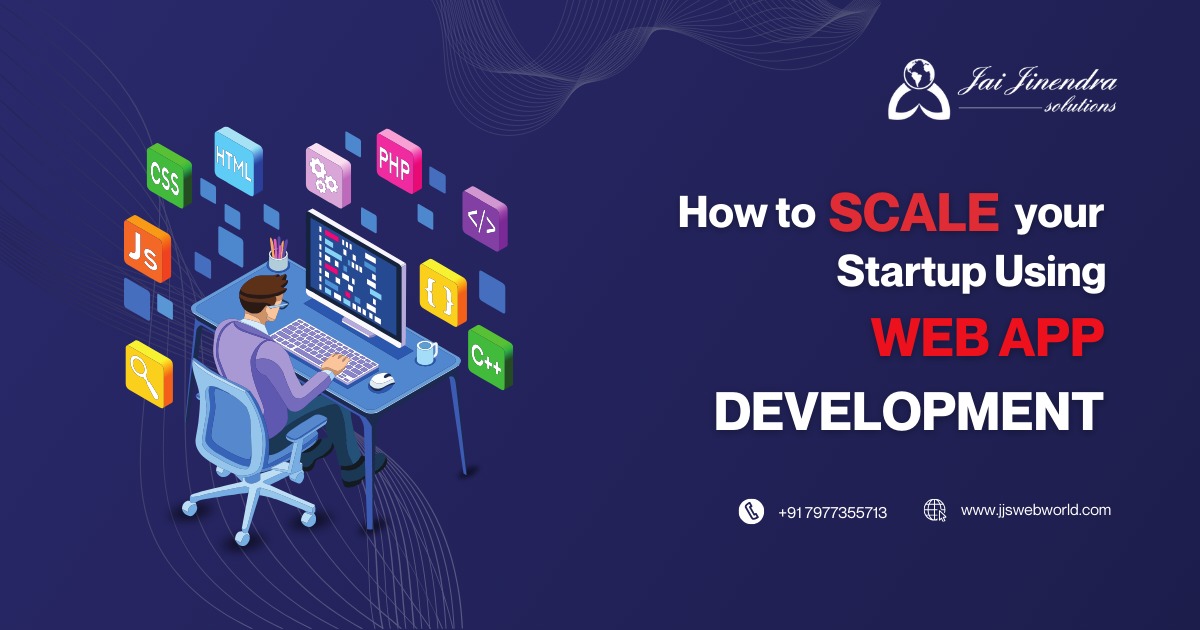The Three Green Flags of Meaningful Work
Carolyn Geason-Beissel/MIT SMR | Getty Images It was her dream job — on paper, at least. As the vice president of communications at a global pharmaceutical company, Rushmie Nofsinger expected to step into a challenging role in which she could use her strengths and passions to have a positive impact on issues that really mattered […]

Carolyn Geason-Beissel/MIT SMR | Getty Images

It was her dream job — on paper, at least. As the vice president of communications at a global pharmaceutical company, Rushmie Nofsinger expected to step into a challenging role in which she could use her strengths and passions to have a positive impact on issues that really mattered to her. Upon her arrival, though, she quickly learned she wouldn’t have much input into the messaging strategy. Further, her boss micromanaged her work and made it clear that he wasn’t interested in her career development. Despite its high salary, great benefits, and excellent perks, her job wasn’t fulfilling, so she left to look for another one.
A staggering 51% of workers are currently looking for a new job — the largest percentage in a decade. The motivation for many is that that their current compensation and benefits aren’t enough to make their role feel worthwhile. What they yearn for is a job that feels meaningful. While this crisis of meaning presents a challenge to many employers, it’s also a significant opportunity for savvy organizations to snap up high-performing talent.
What Top Candidates Want
Like Rushmie, today’s top performers are hungry for more than just a paycheck. They want to belong to a community with shared values, understand how their work contributes to something greater, and be challenged with opportunities to grow.
Our research has found a positive correlation between employees rating their work as meaningful and higher levels of intrinsic motivation and job satisfaction, as well as reduced turnover. (Other research validates these findings, including one study in which fundraisers’ persistence jumped by 142% and the amount of funds raised by 171% when they saw how their work benefited people.) In our study, we surveyed more than 2,000 people across 25 industries over a three-year period to better understand the leadership practices and organizational structures that affect employees’ sense of meaning at work. One of our most surprising findings was that the seeds of meaningful work are sown long before an employee’s first day on the job.
Prospective employees gauge whether a new job will be meaningful to them based on cues in the recruiting process. Those cues don’t just influence a candidate’s decision to take a job; we found that those cues also affect a person’s sense of meaning throughout their entire career with the company. By highlighting the potential for meaningful work during the recruiting process, leaders can win over top talent and prime them to be more engaged and productive, and to stay longer.
Spotting a company’s red flags — like high turnover or poor leadership — is relatively easy, but avoiding the bad isn’t enough. Just as positive psychology teaches us that well-being isn’t simply the absence of struggle, meaningful work isn’t just the absence of red flags but the presence of green ones. Leaders can build such workplaces by intentionally cultivating worker well-being. To stand out in today’s competitive talent market, organizations must send clear signals that demonstrate their commitment to fostering an environment where people can find connection, purpose, and growth.
Green Flags Candidates Look For
According to our research, the three active ingredients for meaningful work are community, contribution, and challenge, which communicate the following:
- “I matter here.” Community develops from the ability to show up authentically and feel a sense of belonging to the group.
- “My work makes a difference.” Contribution stems from the ability to see how one’s day-to-day work contributes to larger company goals, and also how that work positively impacts colleagues, customers, and other partners.
- “I’m getting better.” Challenge comes from opportunities to learn, grow, and expand one’s capabilities, combined with the right amount of development support from leaders.
Each of those three c’s represents a green flag that you, as the hiring manager, can highlight — because while you’re evaluating a candidate’s values and credentials, candidates are scanning for positive cues that suggest your company will be a meaningful place to work. These green flags don’t come from descriptions of the job or details of the compensation package. They are found in the stories and examples that current employees share about their own work at the organization. Here’s how you can emphasize those green flags during the recruiting process.
Green Flag No. 1: A Sense of Community
From their first meeting, candidates want to know whether your organization is a place where they will feel like they belong. People are inherently social animals. We want to be accepted as our authentic selves and feel that we belong to the larger group.
To highlight community at your organization, think about the shared experiences and practices your team members value. How are employees encouraged to show up authentically and foster belonging? Can you share a story of a personal experience at your organization that highlights the rituals and routines that build community?
Stories of community start with phrases like:
- “Because many of us work remotely, we make time to connect with each other by …”
- “When I first joined the company, my manager helped me build my network right away by …”
- “One of my favorite team events is …”
Candidates seeking meaningful work want to hear how colleagues connect with each other beyond day-to-day transactions. During interviews, share stories that show how the organization invests in facilitating authentic relationships. Talk about your company’s values, and ask candidates about their own.
Green Flag No. 2: Signs of Contribution
Candidates want to know that they will be doing work that matters. Whether it’s recognition from a colleague, a thank-you from a customer, or a connection to the company’s bigger goals, people will feel deeper meaning if they can trace the effect of their actions to the health and growth of the organization, and to the positive effect they have on others.
Each interaction with a job candidate is an opportunity to communicate the potential impact of the work they will do. By sharing a moment that was meaningful to you — say, a time when your work contributed to the team’s larger goals or had a positive result for a customer — you help the candidate connect their future role with the contributions they will make.
Signs of contribution begin with phrases like:
- “One of my proudest accomplishments here is …”
- “I see the impact of my work when …”
- “I’m often thanking teammates for their help because …”
In interviews, be sure to communicate how your own work affects colleagues, customers, and the company’s bigger goals, and discuss how the job opportunity might offer candidates a similar chance to contribute.
Green Flag No. 3: Opportunities for Challenge
Finally, candidates want to know that you will provide opportunities to expand their capabilities. They don’t want to do the job they are interviewing for forever. They want to know that if they join your company, they will be challenged to learn and grow.
Even if you’re meeting the candidate for the first time, help them see a path they could take based on their current skills. This process, known as strength-spotting, demonstrates that you (and the company you represent) are already invested in helping the person grow, even before they’ve been offered the position.
Opportunities for challenge are conveyed through statements like:
- “Many of our team members who started in this position have grown into leadership roles.”
- “I’ve had incredible opportunities for growth here, moving from [role] to [role] over time.”
- “My manager is always there to push and support me.”
Discuss opportunities to grow beyond the job the candidate is interviewing for, and speak to how active managers are in setting and supporting development plans for their team members.
The Power of First Impressions
High performers like Rushmie, and the many other people currently seeking a new role, are on the alert for these green flags. Rushmie pursued her next job, at a biotech startup, largely because of what her future manager said during the interview process: that he recognized her strong communication and strategy skills, that he saw her role growing to include investor relations, and that he would mentor her to make that happen.
In her new position, Rushmie’s relationship with work has transformed. She’s excited to come in every day. She’s motivated to work hard, contribute innovative ideas, and keep learning. She’s working at the top of her game, and the startup has benefited immensely from the passion and creativity it has fostered.
Green flags don’t just attract top candidates — they also serve as a powerful way to align expectations and ensure the right fit between a candidate and the organization. By showing a candidate that they matter, that their work will make a difference, and that there are opportunities to grow, hiring managers also lay the groundwork for future employees who are more productive, innovative, and committed to helping the organization thrive.































































































































































